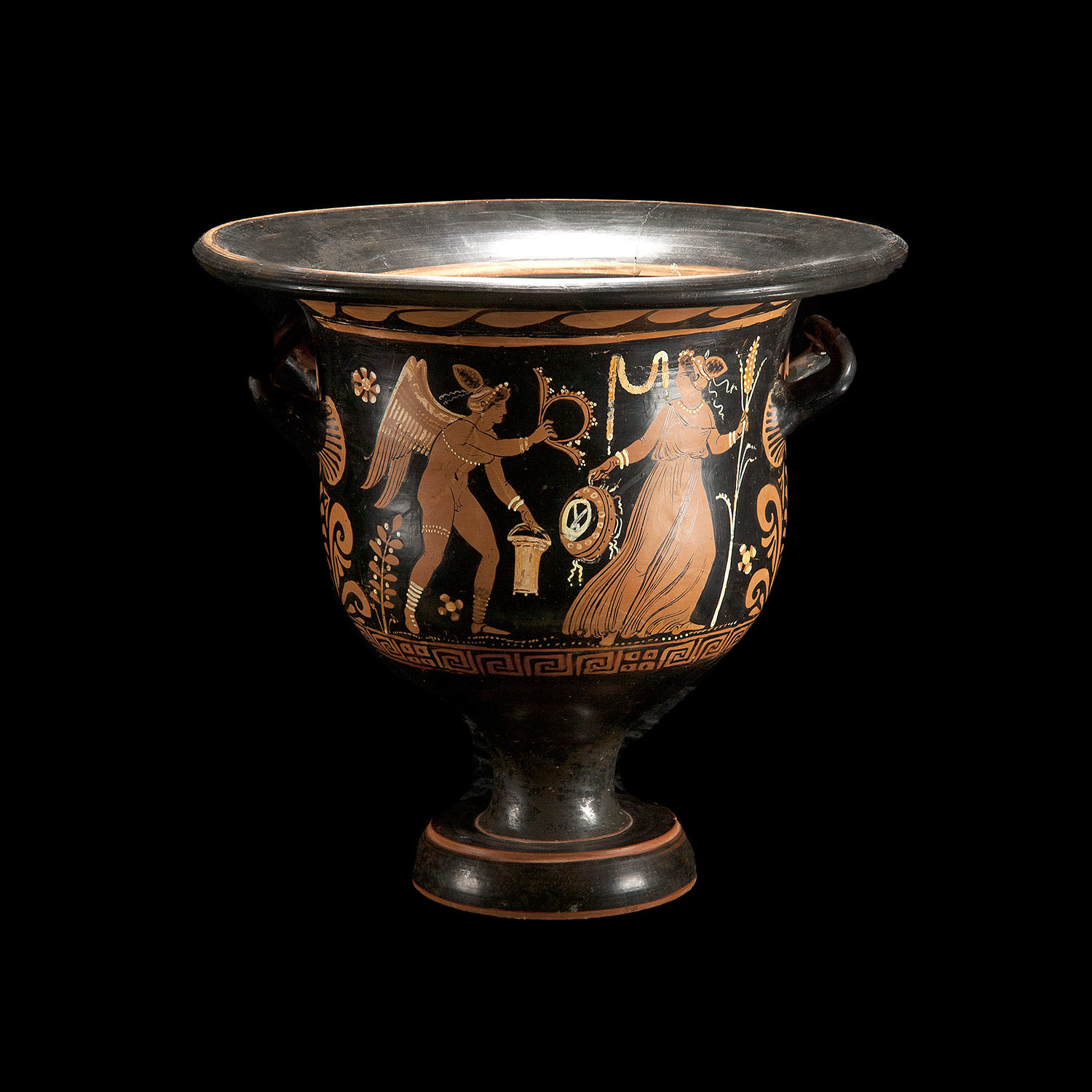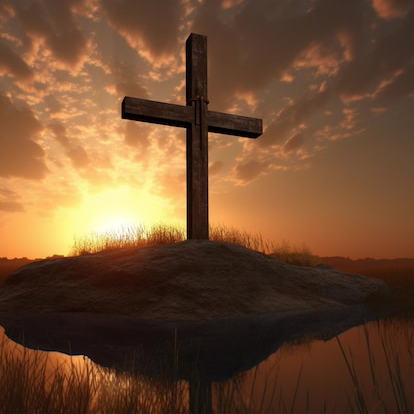Cyberseeker
Member
- Mar 8, 2007
- 434
- 30
A re-appraisal of the Abomination of Desolation
“So when you see the abomination of desolation spoken of by the prophet Daniel, standing in the holy place (let the reader understand), then let those who are in Judea flee to the mountains.†(Matthew 24:15-16)
Best efforts notwithstanding, the reader has not understood at all when it comes to the ‘Abomination of Desolation.’ The popular end-time scenario depicts an idol standing in a Jewish temple thus desecrating it, however two questions beg to be asked. First, how can it happen if there is no temple in existence? Second, if a temple is built in the future, how can it be desecrated if it has not been anointed in the first place? This last question is most pertinent because God does not anoint what he has replaced, and replaced he surely has when it comes to the temple! Indeed, this is what the book of Hebrews is all about, if not the entire New Testament, so what holy thing is there to abominate?
Even less understood is the 1290 days and the 1335. “And from the time that the daily sacrifice is taken away, and the abomination of desolation is set up, there shall be one thousand two hundred and ninety days. Blessed is he who waits, and comes to the one thousand three hundred and thirty-five days.†(Daniel 12:11-12) This is, of course, the quotation Jesus referred to but it has been hidden in an ancient astronomic formula used to calculate the soli-lunar calendar. When that is discovered, we get a better indication as to what the ‘Abomination of Desolation’ really means.
As explained elsewhere, the seven years starting at Messiahs announcement of Jubilee (Luke 4:18-19) was a special heptad of years which contained a leap year of forty-five extra days at one end and thirty at the other. When computed from known dates, the midpoint of this ‘seven’ lands squarely on the day of Christ’s cross. It is confirmed by another verse in Daniel which says animal sacrifice would be abolished in the middle of a ‘week’ of years. So, there are actually two countdowns (not just one) in the book of Daniel, one on a prophetic calendar and one on a solar-adjusted calendar. In both cases the midpoint arrives at Jesus’ death.
Now, when these two references are stacked side by side and examined together we get the full picture:
“Then he shall confirm a covenant with many for one week; but in the middle of the week He shall bring an end to sacrifice and offering.†(Dan 9:27)
and ...
“From the time that the daily sacrifice is abolished and the abomination that causes desolation is set up, there will be 1,290 days.†(Dan 12:11)
and ...
“Jesus cried out again with a loud voice (it is finished) and yielded up his spirit. And behold, the curtain of the temple was torn in two, from top to bottom†(Matt. 27:50-51, John 19:30)
In other words, Messiah is the one who abolished sacrifice! It is not a future person at all. Which leads us back to the purpose of this treatise post; what then, is the Abomination of Desolation?
“So when you see the abomination of desolation spoken of by the prophet Daniel, standing in the holy place (let the reader understand), then let those who are in Judea flee to the mountains.†(Matthew 24:15-16)
Best efforts notwithstanding, the reader has not understood at all when it comes to the ‘Abomination of Desolation.’ The popular end-time scenario depicts an idol standing in a Jewish temple thus desecrating it, however two questions beg to be asked. First, how can it happen if there is no temple in existence? Second, if a temple is built in the future, how can it be desecrated if it has not been anointed in the first place? This last question is most pertinent because God does not anoint what he has replaced, and replaced he surely has when it comes to the temple! Indeed, this is what the book of Hebrews is all about, if not the entire New Testament, so what holy thing is there to abominate?
Even less understood is the 1290 days and the 1335. “And from the time that the daily sacrifice is taken away, and the abomination of desolation is set up, there shall be one thousand two hundred and ninety days. Blessed is he who waits, and comes to the one thousand three hundred and thirty-five days.†(Daniel 12:11-12) This is, of course, the quotation Jesus referred to but it has been hidden in an ancient astronomic formula used to calculate the soli-lunar calendar. When that is discovered, we get a better indication as to what the ‘Abomination of Desolation’ really means.
As explained elsewhere, the seven years starting at Messiahs announcement of Jubilee (Luke 4:18-19) was a special heptad of years which contained a leap year of forty-five extra days at one end and thirty at the other. When computed from known dates, the midpoint of this ‘seven’ lands squarely on the day of Christ’s cross. It is confirmed by another verse in Daniel which says animal sacrifice would be abolished in the middle of a ‘week’ of years. So, there are actually two countdowns (not just one) in the book of Daniel, one on a prophetic calendar and one on a solar-adjusted calendar. In both cases the midpoint arrives at Jesus’ death.
Now, when these two references are stacked side by side and examined together we get the full picture:
“Then he shall confirm a covenant with many for one week; but in the middle of the week He shall bring an end to sacrifice and offering.†(Dan 9:27)
and ...
“From the time that the daily sacrifice is abolished and the abomination that causes desolation is set up, there will be 1,290 days.†(Dan 12:11)
and ...
“Jesus cried out again with a loud voice (it is finished) and yielded up his spirit. And behold, the curtain of the temple was torn in two, from top to bottom†(Matt. 27:50-51, John 19:30)
In other words, Messiah is the one who abolished sacrifice! It is not a future person at all. Which leads us back to the purpose of this treatise post; what then, is the Abomination of Desolation?









